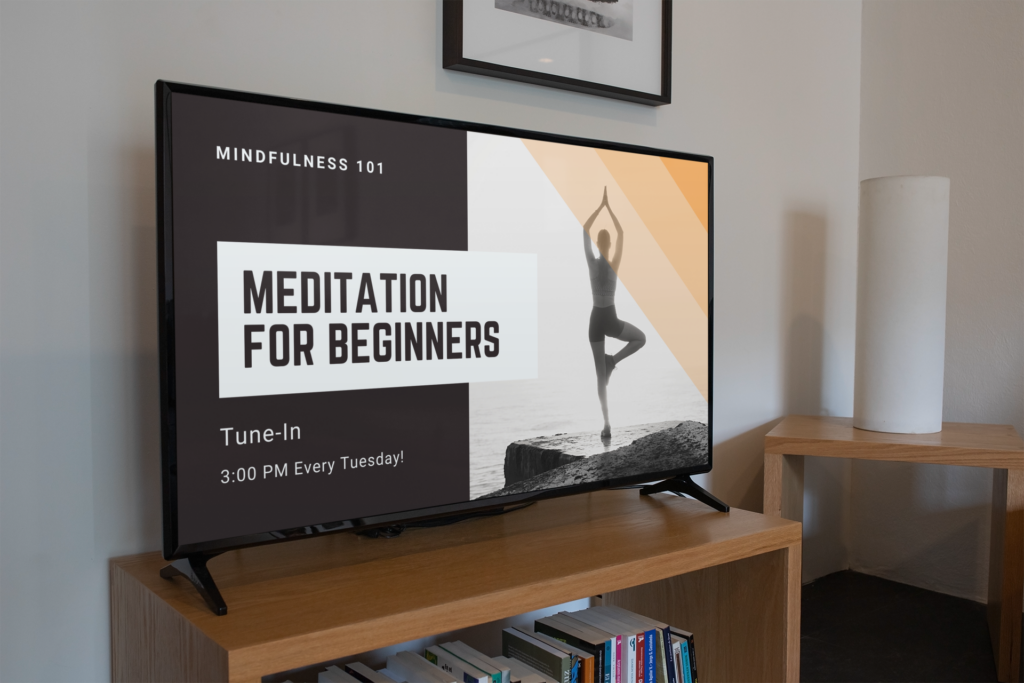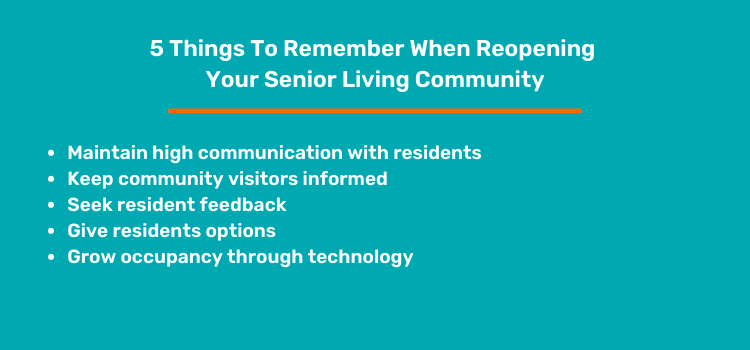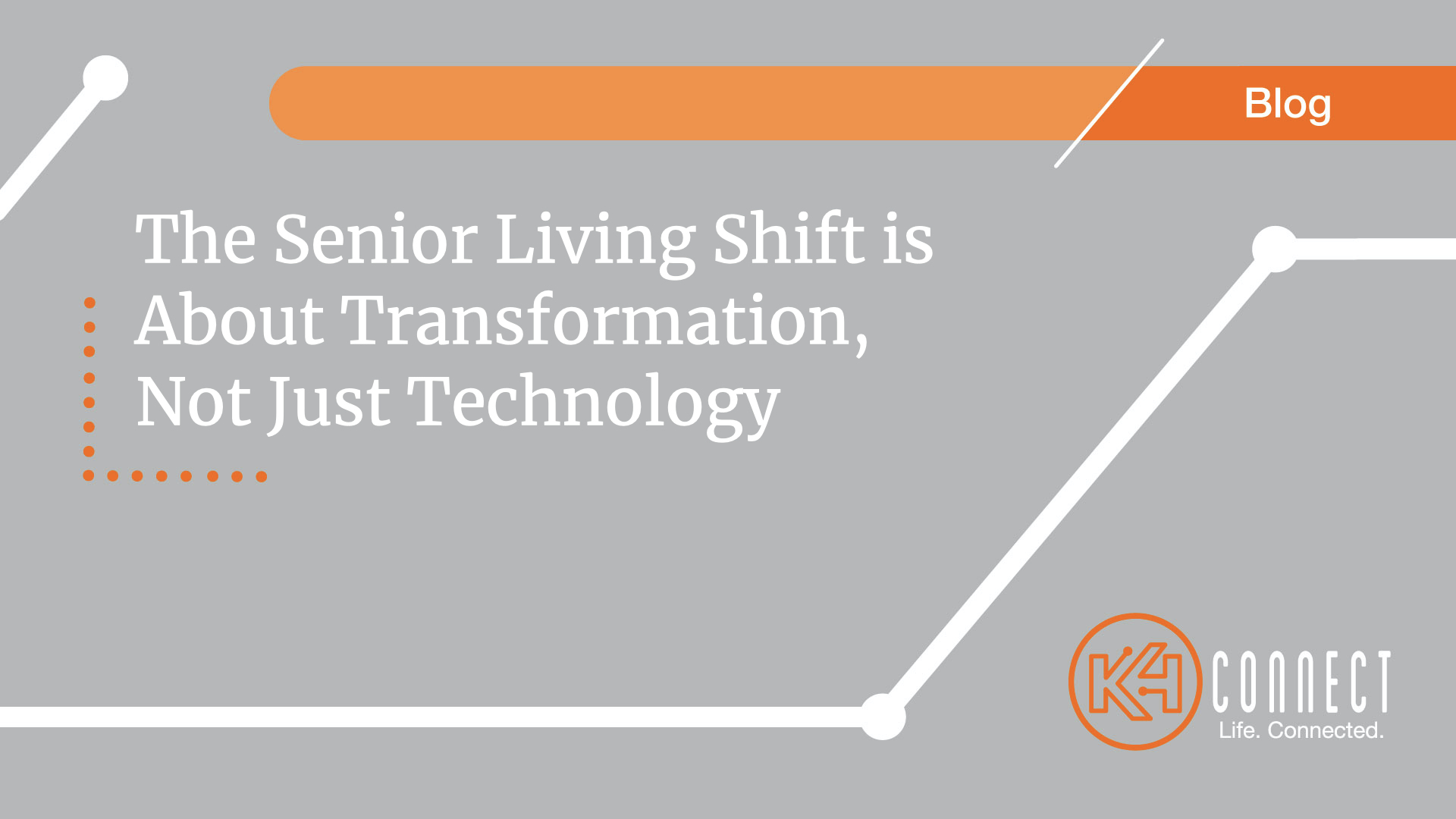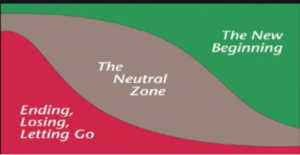A startup is like an ultra-marathon, but you have to go at a sprinter pace, the only variation being how steep the hill is in front of you on any given day. It’s crazy hard and from the start, you have to understand your why — why in fact you are doing this. It is the “why” […]
May 12, 2021
By:
A startup is like an ultra-marathon, but you have to go at a sprinter pace, the only variation being how steep the hill is in front of you on any given day. It’s crazy hard and from the start, you have to understand your why — why in fact you are doing this. It is the “why” that gets you through those tough days, weeks, quarters, or even years. In the end, the reality of the idea of an “overnight success” is that it often takes a really, really long time.
As part of our series called “5 Things I Wish Someone Told Me Before I Began Leading My Company” I had the pleasure of interviewing F. Scott Moody. He is the co-founder and CEO of K4Connect, a mission-driven technology company that integrates the best in technology to serve and empower older adults and individuals living with disabilities, along with the people, communities, and organizations that serve them. The Company’s solutions made specifically for older adults — whether for senior living communities or homes — integrate the latest in smart technologies, applications, and services into a single comprehensive system.
Previously, Moody was the co-founder, chairman and CEO of AuthenTec, the fingerprint sensor technology company that was acquired by Apple in 2012. At AuthenTec, Moody raised over 70 million dollars in venture capital and led the Company’s successful IPO (NASDAQ). Focusing on the PC and cell phone industries, Moody helped grow AuthenTec to over 300 employees with development centers in Melbourne, Florida, Shanghai and Vught, the Netherlands. Upon its acquisition, the Company had more than 200 patents. AuthenTec remains the only public company ever acquired by Apple and its technologies are now the foundation for Apple’s Touch ID.
Moody began his career at Harris Semiconductor, now Intersil, in 1980 where he eventually became VP of a 200M dollars business division before co-founding AuthenTec.
In addition to K4Connect, Moody is also an Entrepreneur-in-Residence for the Blackstone Network, an advisor to the National Science Foundation’s ASSIST program at North Carolina State University, and a regional board member for Hope International. He is also the founder of First Talent Ventures, which advises and invests in early stage startups in the Southeast and Africa.
Moody received a BSIE from North Carolina State University and an executive MBA from the University of Florida.
Thank you so much for joining us in this interview series! Before we dive in, our readers would love to “get to know you” a bit better. Can you tell us a bit about your ‘backstory’ and how you got started?
I am the CEO, Co-Founder and Chief Member Advocate of K4Connect, a mission-driven tech company that integrates the best in technology to serve and empower older adults and individuals living with disabilities. I was previously the co-founder and CEO of AuthenTec, the only public company ever acquired by Apple and its technologies led to the introduction of the Touch ID.
What was the “Aha Moment” that led to the idea for your current company? Can you share that story with us?
After AuthenTec was acquired, I was on a clear path to retirement. The genesis of K4Connect happened through a few life-changing meetings on a mission trip to Rwanda, where I met an entrepreneur named Jennifer. And later, where I met a man named Eric living with multiple sclerosis (MS) in Raleigh, NC.
In Rwanda, Jennifer was a mission worker who had started 15 orphanages there using the proceeds from a bakery and coffee shop that she also started to employ battered women. Quite frankly, I was embarrassed after I met her — I felt like I was incredibly blessed in life and I owe it to give back.
When I returned to Raleigh, I began to network within the startup ecosystem and started mentoring young entrepreneurs. There, I met Jonathan Gould (K4Connect’s Co-Founder & VP of Advanced Technologies) and he had the idea for the company to integrate products and software into a single platform in the space of Internet of Things (IoT).
The current technology on the market was either too hard to use or too expensive, but we didn’t have a vertical end market in mind. That is until I met with Eric, who was an advocate for the homeless and was living with MS. Eric explained his daily struggles and that he only had the energy for 1,000 good steps per day. If this IoT technology could help him be more productive with these 1,000 steps per day, it could also help other disabled and older people within the population. This was the inspiration to pursue this potential market of older adults and people living with disabilities with K4Connect.
Can you tell us a story about the hard times that you faced when you first started your journey? Did you ever consider giving up? Where did you get the drive to continue even though things were so hard?
A few years ago, not long after we started K4Connect, I was diagnosed with a brain tumor. It was benign, but the operation and recovery were more difficult and longer than thought. It was certainly no fun, and quite painful, yet as I look back at that time now, I really consider it a blessing. It is one thing to be empathetic to those we serve at K4Connect, but a whole other thing to walk (or for a few weeks not walk) in their shoes.
As I went through the various challenges I experienced, I just kept thinking, “what does a poor person do?” I had a caregiving wife, I had insurance, I had money, but what would have happened had I not? Who would have been there to help? I kept thinking about what it would have been like for my Dad. While he had a caring and loving wife, they did not have insurance and had very little in terms of money. I’m sure he would have recovered, but very likely not as well, certainly not as fast, and would have been even worse off financially. There is no doubt that experience helped shape me and our company, serving those that are so often both technologically and economically underserved.
So, how are things going today? How did your grit and resilience lead to your eventual success?
At the end of the day, helping people and empowering them to live better lives is what drives K4Connect. Throughout this journey I kept thinking about the work Jennifer was doing and how I wanted to give back. I keep thinking about what Eric goes through — and others like him — on a daily basis and want to build and provide a tech (because that’s what I know best how to do) that can empower people like Eric.
Today, K4Connect is serving tens of thousands of older adults in over 800 senior living communities — and growing.
What do you think makes your company stand out? Can you share a story?
The general public might not be aware that the first time in history older adults will outnumber children. By 2035, there will be 78 million people 65 years and older compared to 76.4 million under the age of 18 in the U.S, according to a report from the U.S. Census Bureau.
While the number of individuals over the age of 65 is rapidly growing, the number of caregivers available to take care of this population is declining. That’s a major issue. It’s true this has been an issue for some time, but the COVID-19 pandemic really brought global attention to this challenge in senior living. What makes us stand out is that we’ve developed a technology that can help solve this by integrating any type of tech. It’s called FusionOS and it brings all of a senior living community’s technology products and services into one single system — just like the operating system working behind the scenes to connect all of the apps and tools on your smartphone. Ultimately, this all benefits our primary end user — the resident.
Older adults living alone at home now have more responsive living environments through smart home automated devices such as lighting and temperature; at-home safety dramatically increases through passive motion-sensing and reporting devices. We had a gentleman with Parkinson’s Disease share that he uses his Amazon Alexa device to orient himself when he awakes confused, and a woman with macular degeneration use Alexa to read her favorite books and important information when eyesight was a challenge for her. Ultimately, these technologies are helping older adults and those with disabilities live more independently — we call it simpler, healthier and happier.
You are a successful business leader. Which three character traits do you think were most instrumental to your success? Can you please share a story or example for each?
Two come to mind:
I think one of the most important character traits for any founder (really, anyone) is empathy. There is truth in the saying, “you don’t really understand someone until you walk in their shoes.” Of course, you can’t always do that, but people — particularly today — need to work hard to understand the relative experiences of others. And while empathy is something of value in every aspect of your life — and yet we all seem to show too little of it — it is critical for the founder of a business. To really understand the customer, you must walk in the shoes of those you serve.
A second important character trait that has been instrumental in my success are my management and leadership skills. How I see it — a good manager effectively sees a project through, while a good leader is someone who can inspire and motivate others to a common goal. Companies can choose who are the managers in a company, but leadership is something earned. Almost any definition of leadership will include honesty and integrity as being essential, and while true, I tend to think another particularly critical element for the entrepreneur is to recognize that they are a member of a much larger team. It seems to me that too many entrepreneurs today focus more on self-promotion than that of their company or other team members.
Which tips would you recommend to your colleagues in your industry to help them to thrive and not “burn out”?
When I had just started my previous company, AuthenTec, I knew someone who was the CEO of another semiconductor startup that told me, “Starting a company is like running a marathon.” Despite the hype around startups, it takes a very long time to breed that “overnight success.” Technologies and companies often toil in the netherworld for years before the technology or company goes center stage — or has any level of success. What that means is that you can’t just think near term, for example, pop out your product, generate lots of revenue, and sell your company for a billion dollars. It doesn’t happen like that. You have to have a vision. What my colleague did not tell me, however, is that you have to run that marathon at a sprinter’s pace! Everything you do is driven by speed. Sure, you have the think long term, but at the same time, you have to perform now. Unlike a real marathon, which just clocks your time in the end, in a startup, you can get kicked off the course at any time if you are not making enough progress fast enough!
What are the most common mistakes you have seen CEOs & founders make when they start a business? What can be done to avoid those errors?
You need to understand a market and customers well enough that you are solving problems that they don’t even know exist. If you ask a customer what they want, whatever you come out with will be late and wrong. Big companies focus on incrementalism, while startups have to focus on something that is material, something that will leapfrog what’s currently on the market. When I was 41 we started AuthenTec, we knew who we are selling to and had a vision for the fingerprint sensors to get in that market. You have to know enough about your customers and the market so you can come out with a product or solution that makes the difference.
Do due diligence on your idea. People are eager to start their entrepreneurial journey so they just go out with their idea. If you’re looking to get financing for your startup, due diligence on your own product must be done because venture capitalists and investors will be well in-tune with your market. You have to understand the competition and how the product/solution is differentiated.
It takes a really long time — perseverance. There is a lot of lost sleep; you never get away from it and you’ll go through ups and downs that you never expected. If you’re going around with something that you think is a great idea, 99% of investors will reject you. You have to be determined.
Ok super. Here is the main question of our interview. What are your “5 Things I Wish Someone Told Me Before I Began Leading My Company”? Please share a story or an example for each.
Throughout this interview I talked about most of these, but here are some thoughts for individuals considering starting their own company:
- A startup is like an ultra-marathon, but you have to go at a sprinter pace, the only variation being how steep the hill is in front of you on any given day. It’s crazy hard and from the start, you have to understand your why — why in fact you are doing this. It is the “why” that gets you through those tough days, weeks, quarters, or even years. In the end, the reality of the idea of an “overnight success” is that it often takes a really, really long time.
- Don’t believe your own BS, or that of others. First, you have to understand everyone is hyping his or her company. Do you really think that everyone actually lives the life they show on social media? It’s the same with startups, they only tell folks the good stuff. The zoo in the back room, well, not so much. Outside, share your holistic vision in all its grandeur. Inside, keep plugging all those holes, because there will be plenty of them!
- It’s all about the team. I don’t care how smart you are, or likely how smart you think you are, it takes a team coming together to make it happen.
- That team includes your investors, look for those that can truly add value, that know what they are doing. Fact is that they can help make your company a success or they can squeeze the life out of it, and you.
- This is not the most important thing in your life. For me, that is God and family, bar none. Your family has to buy into the idea of your doing a startup, since they will be affected too. As they say, it doesn’t do any good to win the battle if you lose the war.
How can our readers further follow you online?
Visit www.k4connect.com and follow us on social media on Twitter, Instagram, Facebook, and LinkedIn.
This was very inspiring. Thank you so much for the time you spent with this!
More from Thrive Global, here!
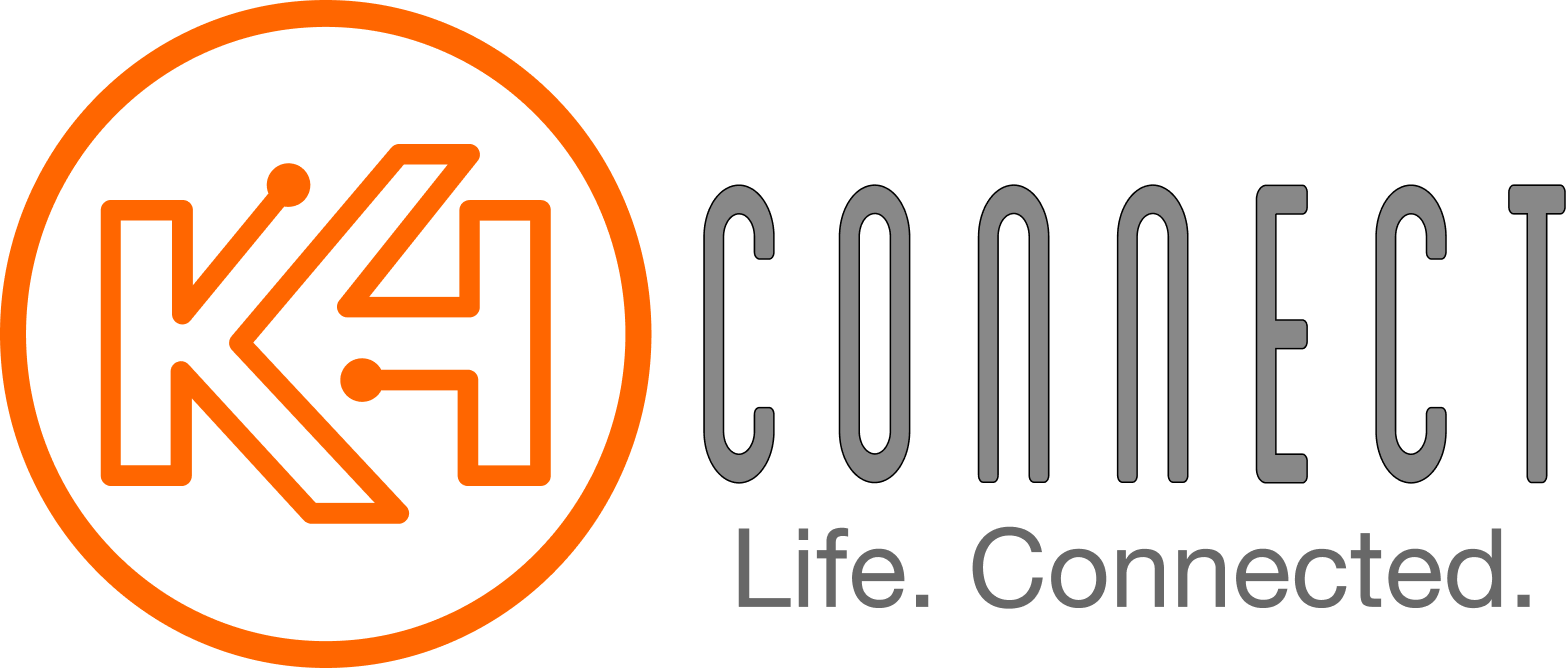
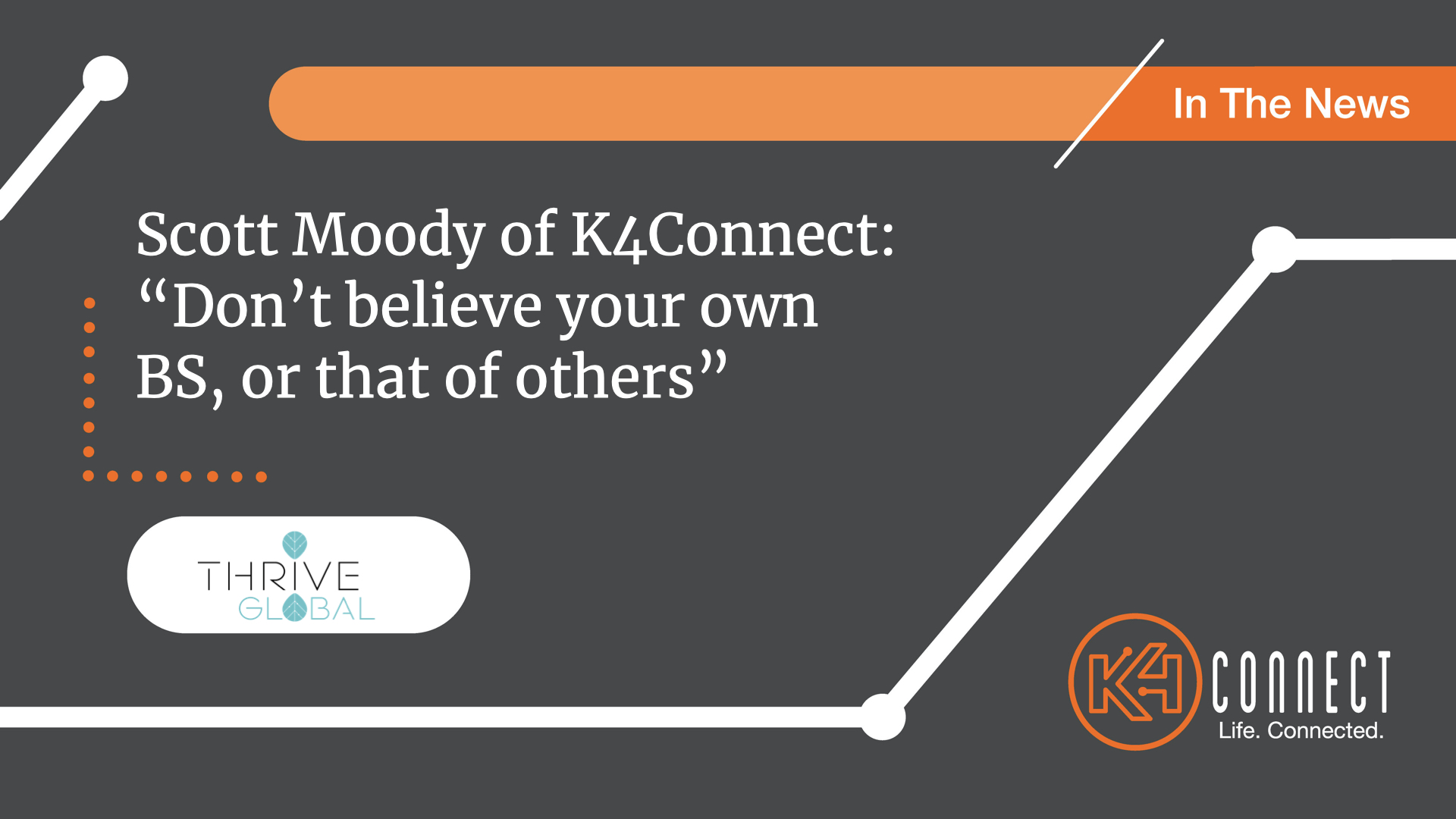
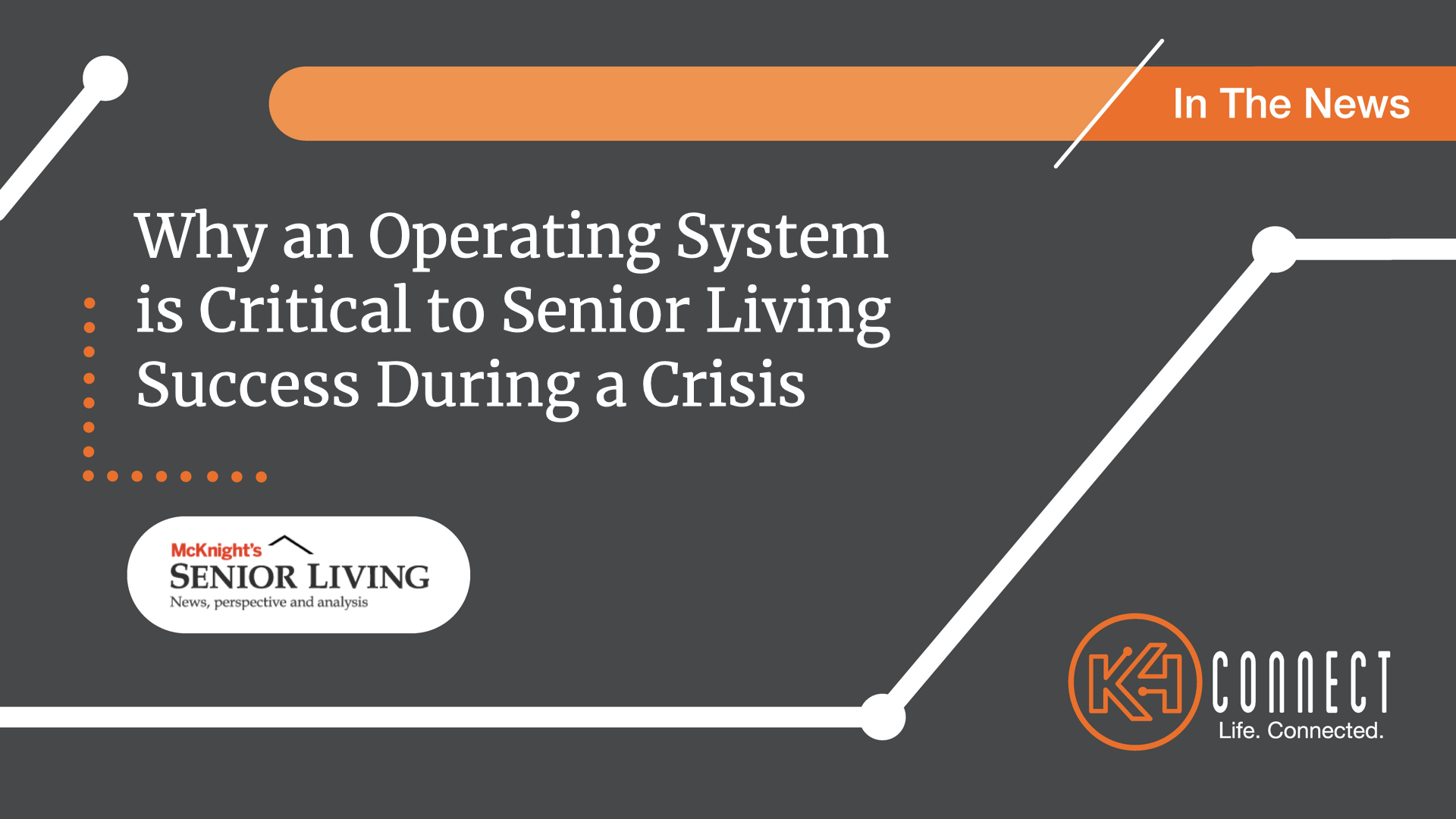

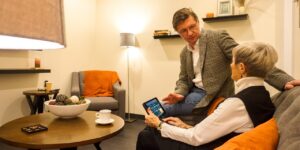 North Carolina start-up
North Carolina start-up 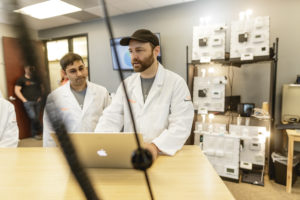


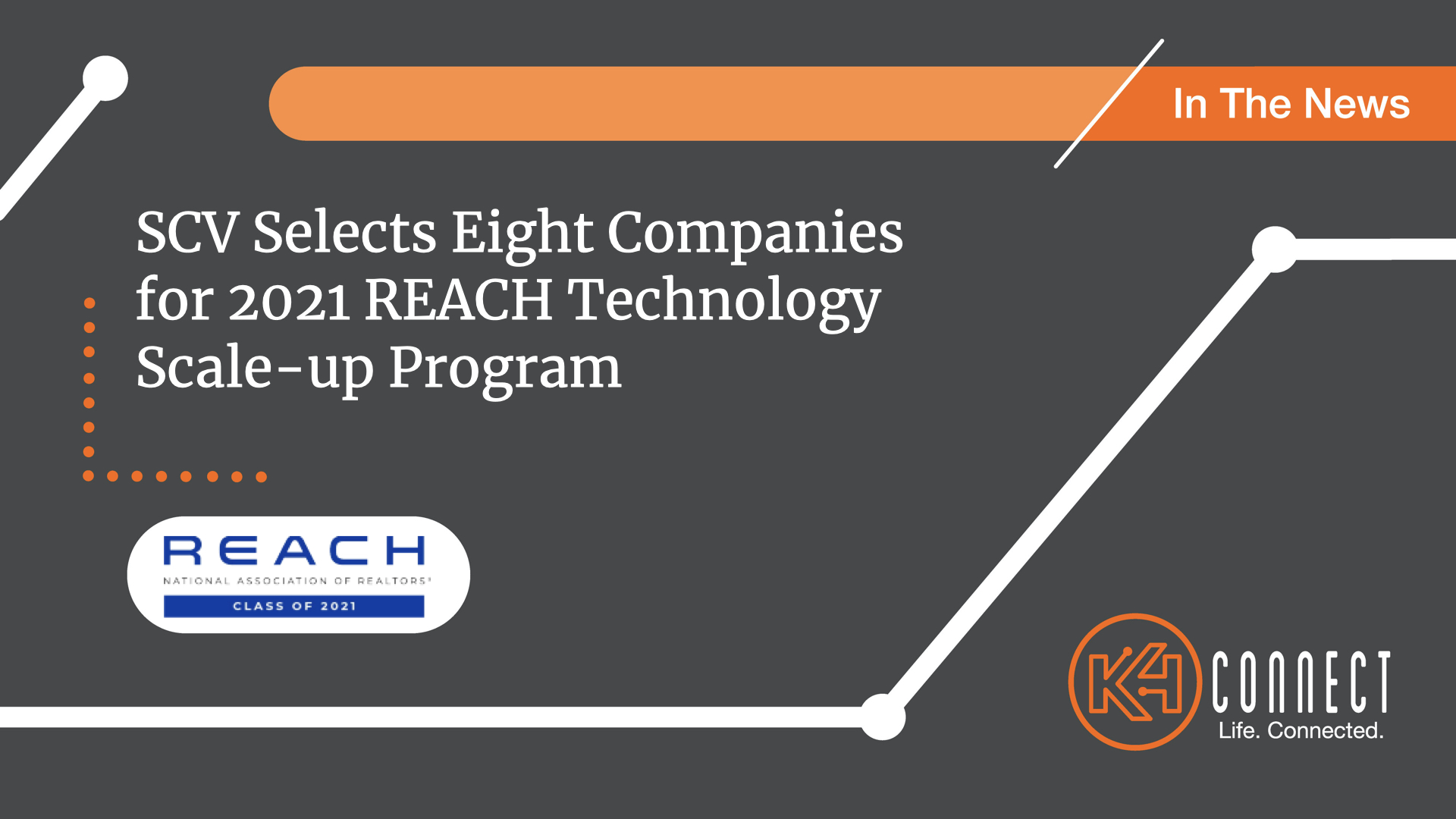
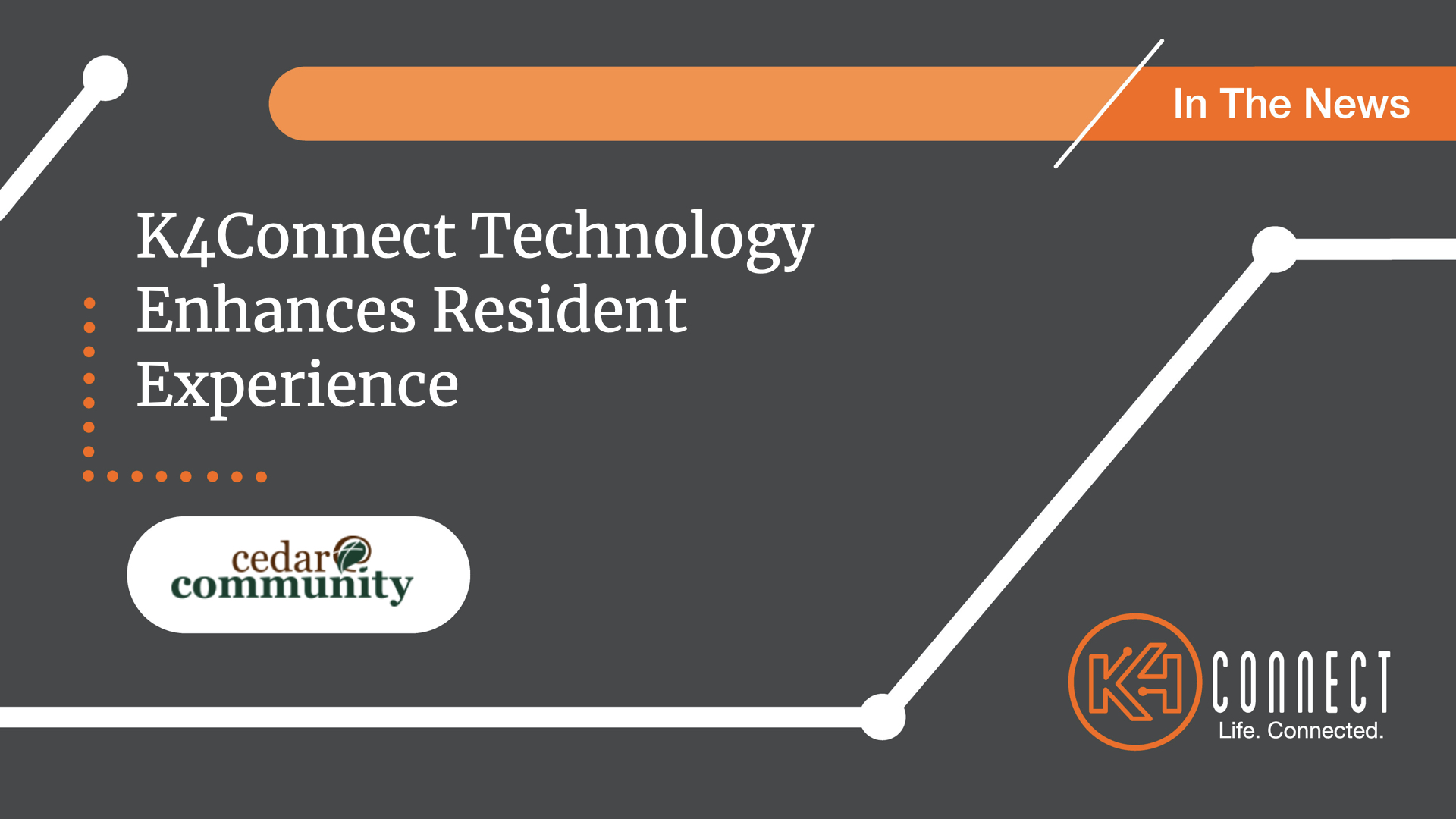
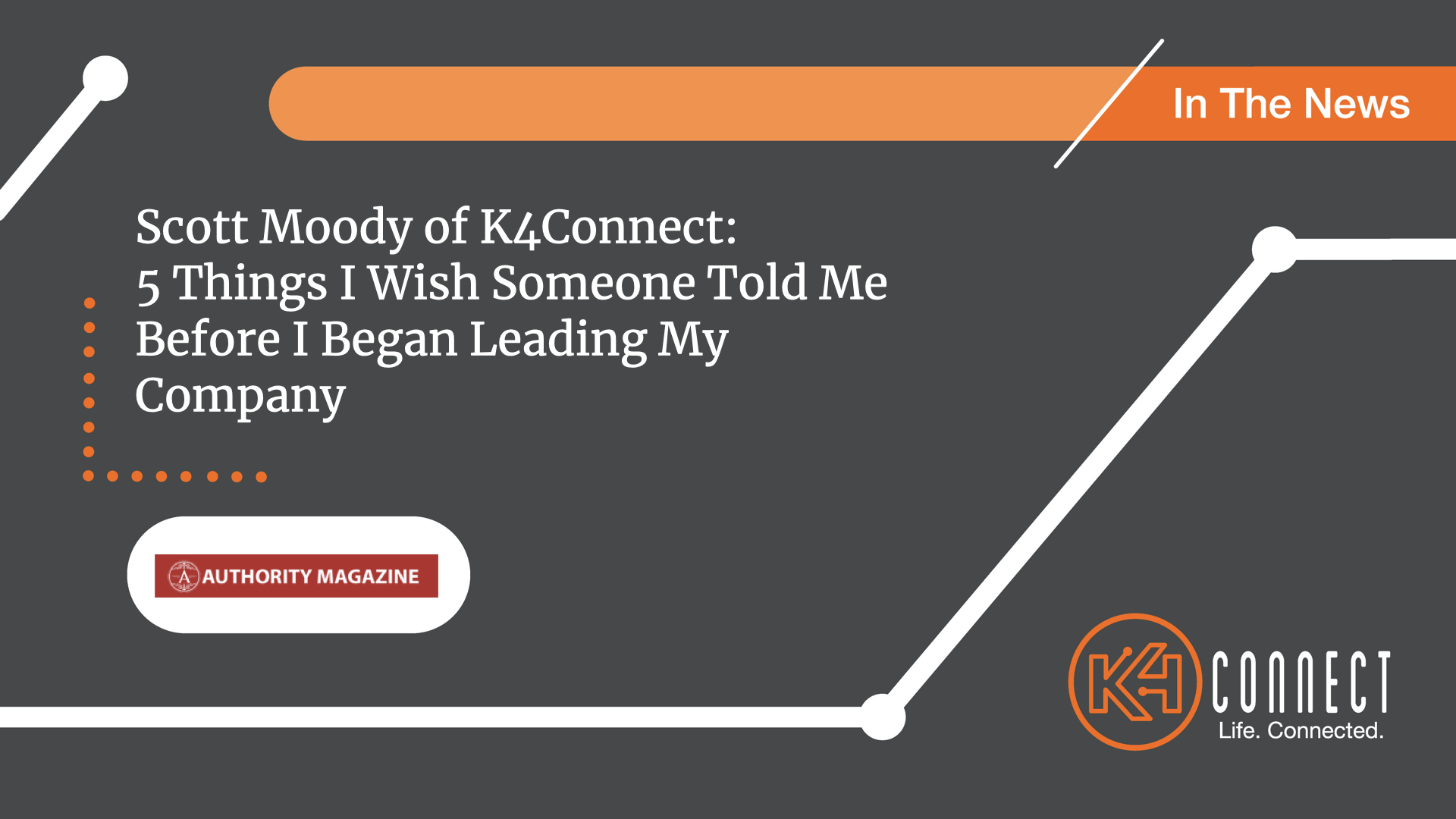
 A startup is like an ultra-marathon, but you have to go at a sprinter pace, the only variation being how steep the hill is in front of you on any given day. It’s crazy hard and from the start, you have to understand your why — why in fact you are doing this. It is the “why” that gets you through those tough days, weeks, quarters, or even years. In the end, the reality of the idea of an “overnight success” is that it often takes a really, really long time.
A startup is like an ultra-marathon, but you have to go at a sprinter pace, the only variation being how steep the hill is in front of you on any given day. It’s crazy hard and from the start, you have to understand your why — why in fact you are doing this. It is the “why” that gets you through those tough days, weeks, quarters, or even years. In the end, the reality of the idea of an “overnight success” is that it often takes a really, really long time.

